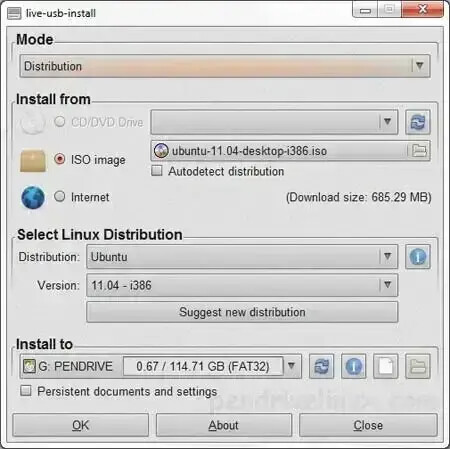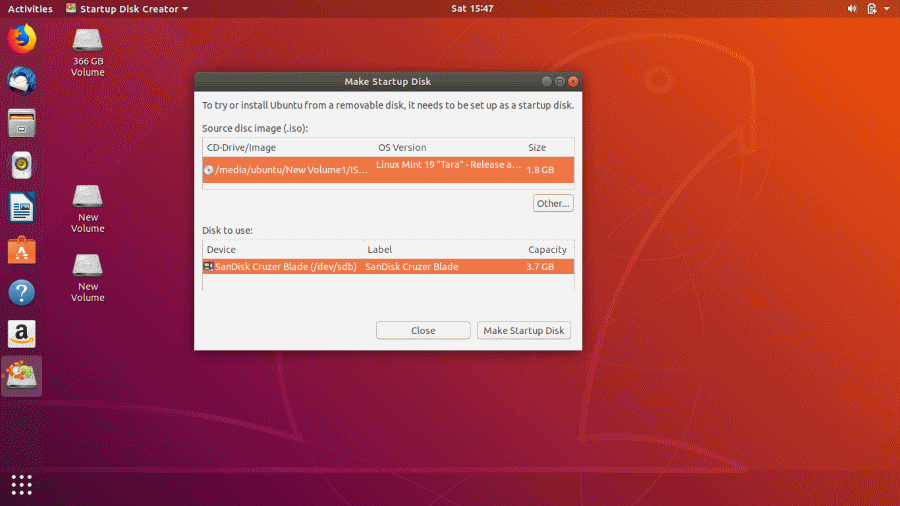

However, users can “Unintentionally” initiate the install process and delete their hard drive contents in most cases. Note: Booting a persistent Live USB gives the users access to the “Install Ubuntu” icon on their PCs desktop. Now, when you install Ubuntu from this Persistent copy into another hard drive, the original version of chrome in the DVD image will get installed. The newer version is located in the persistent virtual disk (within the USB), thus taking up extra space and sometimes creating issues, for instance, kernel updates.

Still, in the persistent installation, the old one stays. In a standard installation, the old one is replaced.

Updates and future installations are saved in the space designated for storing the changes. This, therefore, means that the files in the original ISO remain as they are.

Ideally, a persistent Live USB is a copy of the installation DVD. Second, Persistent Live USB can be used for installation purposes. However, when creating a persistent Live USB, you need a slightly higher one, say 4GB. This is because someone can create a non-persistent Live USB with a 2GB USB drive. Ideally, in this section, a separate Persistent storage space (persistent overlay) is used with a compressed Live Linux OS.įirst and foremost, when it comes to comparison in terms of space, Persistent Live USB is the best shot for you. What is a Persistent Live USB?Ī persistent Live USB allows its users to save data changes back to the USB storage device instead of leaving the information in the system Random Access Memory (RAM). Some may be thinking about the differences between the two methods and which one you should opt for. The two methods will still allow you to boot Linux from a USB drive and save your data. Accordingly, there are two more test-driving a Linux distro – Persistent Live USB drive and Full distro install USB drive. You can run a test drive on installing the distro to your USB drive after testing out the live session instead of the internal hard drive.


 0 kommentar(er)
0 kommentar(er)
